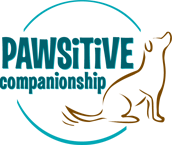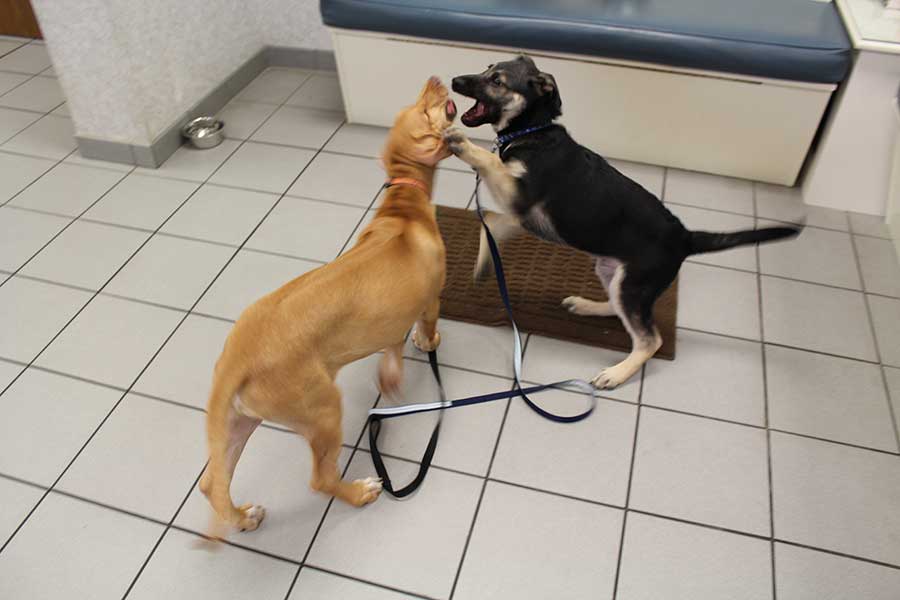Adolescence: What happened to my sweet little puppy?
Puppies are not puppies for long. Soon they are teenagers, and their desire to test their world increases. Suddenly your cute, innocent little puppy no longer comes when you call her, or he is more determined to get your attention and has begun jumping on you. Welcome to canine adolescence.
This is the time to help your dog learn to control his impulses. No need to pull your hair out trying to control your teenage dog’s antics. Adolescent classes are geared towards helping owners with these young dogs. You and your dog will learn good manners behaviors, methods to control their arousal, and ways to help them become well-mannered family members.
These classes involve serious learning in a fun context. Imagine having your adolescent learn it is more fun to sit and wait for that ball to be tossed than to mug you for it. That game of fetch every morning becomes more enjoyable for you too. What joy watching your young puppy as the “aha” moment hits! He or she learns that calm behavior earns them yummy treats, a great game of tug, or that sought after petting and attention from their best friend – you.
The skills you learn in adolescent classes help in so many ways. Young dogs can be so easily distracted and find it difficult to focus on you. At the same time, they are persistent in their attempts to get what they want. Always remember that dogs do what works for them, plain and simple logic you can use to train your adolescent dog.
In any situation, be proactive; plan ahead for those situations where your dog may get distracted or act inappropriately. What do you want your dog to do at those times? Train him or her to perform good manners behaviors instead of trying to get your dog to stop performing behaviors you do not like or are inappropriate. Why make life more difficult when a little preplanning can make it so much easier?
As you continue to train your teenage dog, reward good behavior with toys or life events that the dog wants. These can be a game of fetch or tug, going outside, sniffing that pee spot or bush when on a walk, etc. Jot down those things your dog really enjoys and use them to reinforce good behavior. In so doing, your dog’s good behavior becomes the norm and those nasty little habits or inappropriate behaviors fade away.
And here’s a little secret: every moment you are with your dog, training is happening. Ask yourself who is the trainer and who is the trainee. Most people believe their dog does a fantastic job training them. This is especially true of adolescent dogs. With patience, some preplanning on your part, and the use of high value rewards, you can become the trainer and your dog will enjoy spending time with you no matter what you are doing.
Training doesn’t stop once your dog has matured through adolescence. Remember the time and effort you put into training your dog to become that well-mannered family dog will pay off throughout your dog’s life. As he or she ages, training is no longer that “t” word. It has become a fun, daily part of your life together.
Interested in training for your adolescent? Contact Pawsitive Companionship at www.pawscompanion.com/contact.

